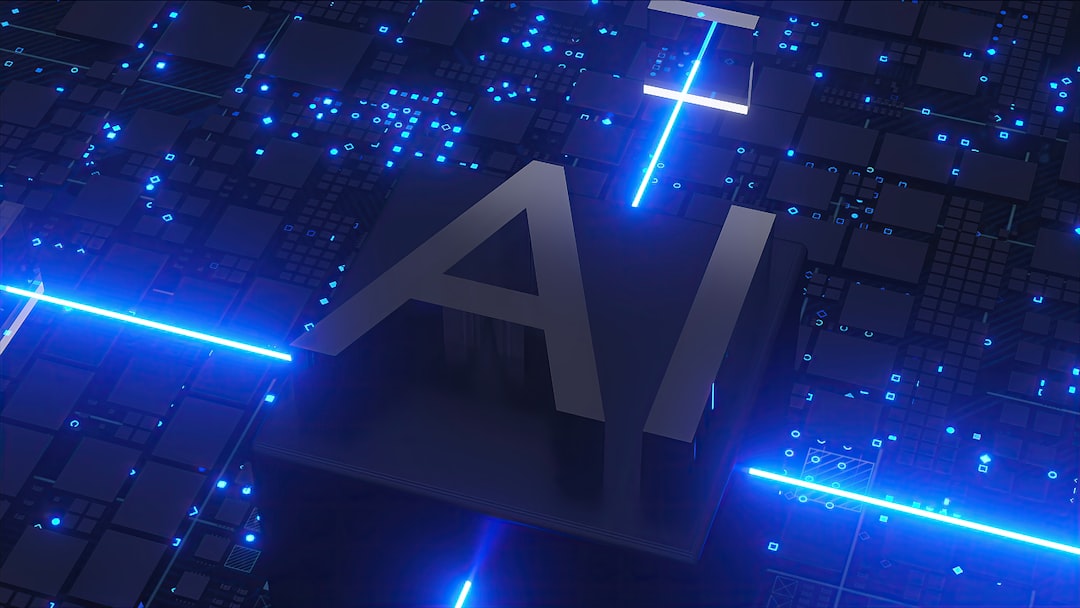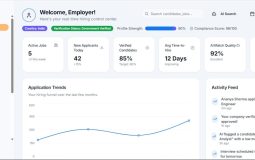As artificial intelligence continues to revolutionize industries at an unprecedented pace, decision-makers are faced with crucial choices in shaping their AI strategy. Among the most debated directions today are Retrieval-Augmented Generation (RAG) and Agentic AI. Both are powerful paradigms, each offering compelling advantages for businesses navigating the complex AI landscape of 2025. Understanding their differences, use cases, strengths, and limitations is essential in making an informed strategic decision.
Understanding the Basics
RAG is a hybrid model that combines large language model (LLM) generation with real-time retrieval of information from a database or external sources. Instead of relying solely on a pre-trained model’s knowledge, RAG augments responses by fetching relevant documents during inference, ensuring answers are up-to-date, verifiable, and context-aware.
On the other hand, Agentic AI refers to autonomous systems capable of carrying out complex tasks over extended durations, interacting with various systems, and making iterative decisions. These agents use reasoning, memory, and planning to proactively accomplish their goals, rather than passively responding to input.

Deep Dive into Retrieval-Augmented Generation
The RAG approach was a groundbreaking innovation designed to compensate for the “frozen” nature of LLMs. Since LLMs are trained on datasets that may go stale over time, their static nature can be a limitation, especially in dynamic or specialized domains such as law, medicine, or finance. RAG addresses this by integrating a vector database or search engine that supplies fresh, domain-specific content during inference.
Key advantages of RAG:
- Accuracy: Incorporates external information, improving factual reliability.
- Explainability: Output can be traced back to source documents.
- Fine-tuning not required: Simply update the retrieval corpus.
Despite its advantages, RAG does not inherently manage long-term tasks or make decisions based on evolving contexts. It is largely reactive and relies on a predefined query format.
Exploring Agentic AI
Agentic AI reflects a significant evolution in AI capabilities — focusing not only on knowledge and language understanding but also on autonomy, iteration, and problem-solving. Unlike models that wait for human input, agentic systems initiate actions, adapt based on outcomes, consult tools or APIs, and remember prior steps. Imagine agents booking flights based on your preferences, analyzing your calendar, resolving conflicts, and rebooking if necessary — all autonomously.
Key advantages of Agentic AI:
- Autonomy: Capable of planning and acting without constant supervision.
- Tool use: Interfaces with APIs, web apps, and logic engines.
- Adaptability: Adjusts strategies across multiple steps, based on outcomes.
However, this approach also has challenges — more complexity in development, higher computational costs, and greater demand for robust memory management and safety oversight.
RAG vs Agentic AI: Core Differences
| Aspect | RAG | Agentic AI |
|---|---|---|
| Primary Function | Enhance LLM responses with real-time information | Enable intelligent, autonomous task execution |
| Initiative | Reactive | Proactive |
| Tools & APIs | Limited | Central to functionality |
| Memory & State | Stateless in most implementations | Maintains memory over time |
| Development Complexity | Simpler to implement | More complex architecture |
Use Case Scenarios
So, when should businesses opt for RAG, and when does Agentic AI make more sense? Often, the answer lies in the nature of the task and end-user expectations.
Use RAG when:
- You need to provide verifiable, current information — e.g., customer support or research assistants.
- Your business domain is dynamic or regulated, requiring precision — e.g., legal tech or healthcare.
- You’re enhancing an existing chatbot or knowledge assistant with more reliable data sources.
Use Agentic AI when:
- The AI must interact with software, APIs, or humans over time — e.g., virtual executive assistants.
- The task is multi-step and goal-oriented — e.g., processing insurance claims or supply chain optimization.
- You need the AI to plan, self-correct, and manage long-term objectives without constant input.

Considerations for 2025
As we enter 2025, several trends affect the strategic outlook:
- Acceleration of LLM capabilities: With the rise of multimodal models, both RAG and agentic systems have greater expressive power.
- Ecosystem maturity: Open-source tools like LangChain, AutoGPT, and Semantic Kernel are rapidly lowering barriers to entry.
- Governance and safety: Agentic AI presents new safety concerns due to its autonomy. Proper safeguards and transparency are vital.
In general, RAG can deliver fast wins with lower development investment, while Agentic AI yields deeper operational transformation but at a higher upfront complexity.
Combining the Two: A Hybrid Vision
It’s critical to recognize that RAG and agentic architectures are not mutually exclusive. In fact, many of the most powerful systems in development combine both. For example, an agent might plan a task, and when it encounters information gaps, it uses RAG-enabled queries to retrieve knowledge before proceeding.
This convergence will likely define the AI systems of 2025 and beyond: autonomous, context-aware agents backed by a dynamically updated knowledge base.
Strategic Recommendations
Choosing between RAG and Agentic AI depends largely on your current digital maturity, resource allocation, and long-term objectives. Here are some recommendations:
- Start with RAG if you’re early in your AI journey and want quick improvements in decision support, document automation, or search experience.
- Aim for Agentic AI if you’re driving process automation, want continuous task execution, or are trying to innovate with smart assistants or copilots.
- Plan for integration: Whether you start with RAG or agentic tools, design your systems with future interoperability in mind.
Conclusion
Both RAG and Agentic AI represent transformative approaches to leveraging AI in 2025. While RAG enhances language models with precision retrieval, Agentic AI unleashes a powerful new breed of autonomous problem-solvers. Businesses don’t have to choose one over the other in the long term, but understanding where each excels is key.
By carefully aligning your AI strategy with your business goals, you can harness the strengths of both — ensuring a robust, futureproof, and innovative approach that keeps you competitive in the age of intelligent systems.







